FAB CE News
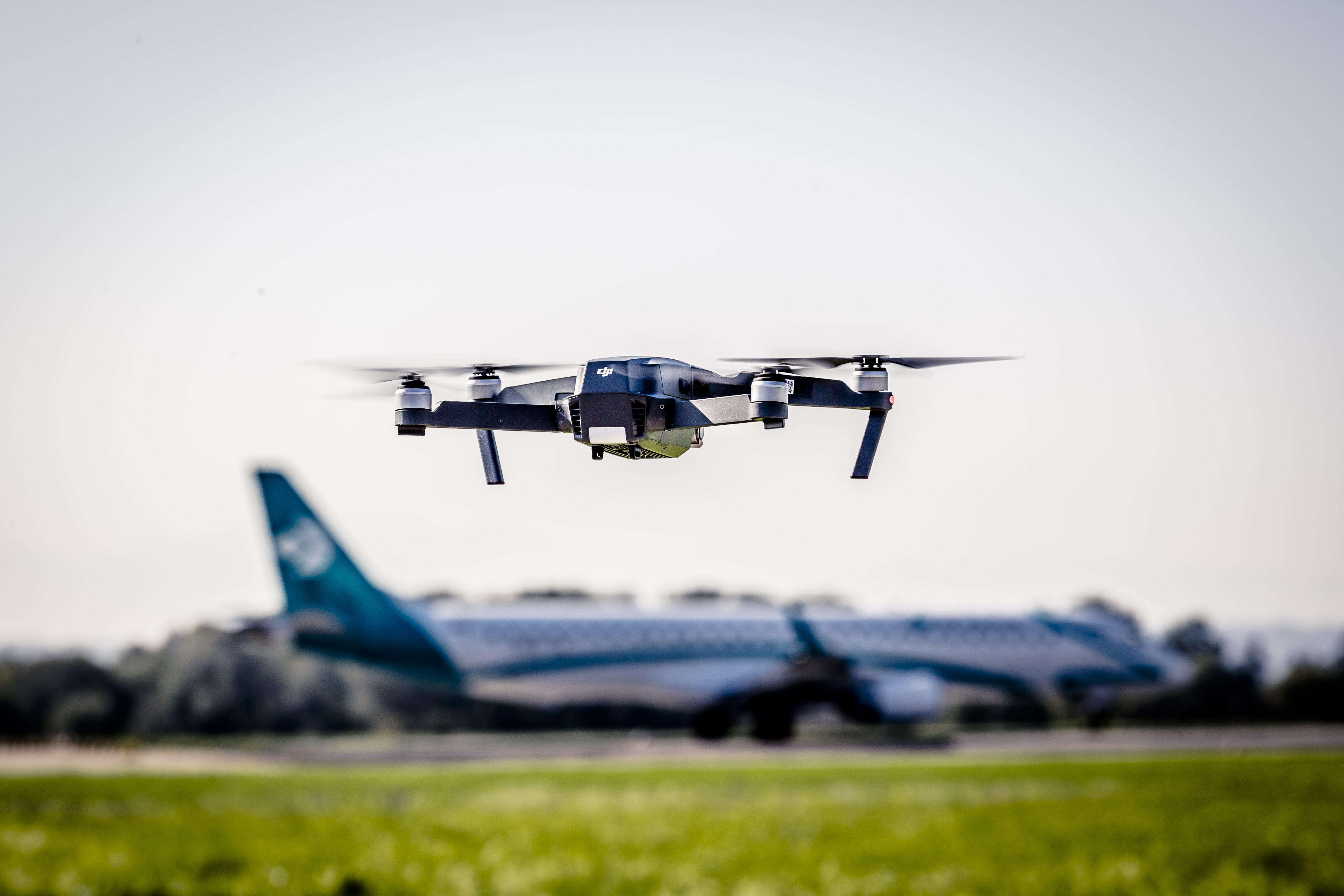
The FAB CE U-space Coordination Group is currently in the process of preparing a demonstration of drone use cases, with a public demonstration and validation exercises scheduled to take place during May 2026 in Rijeka, Croatia.
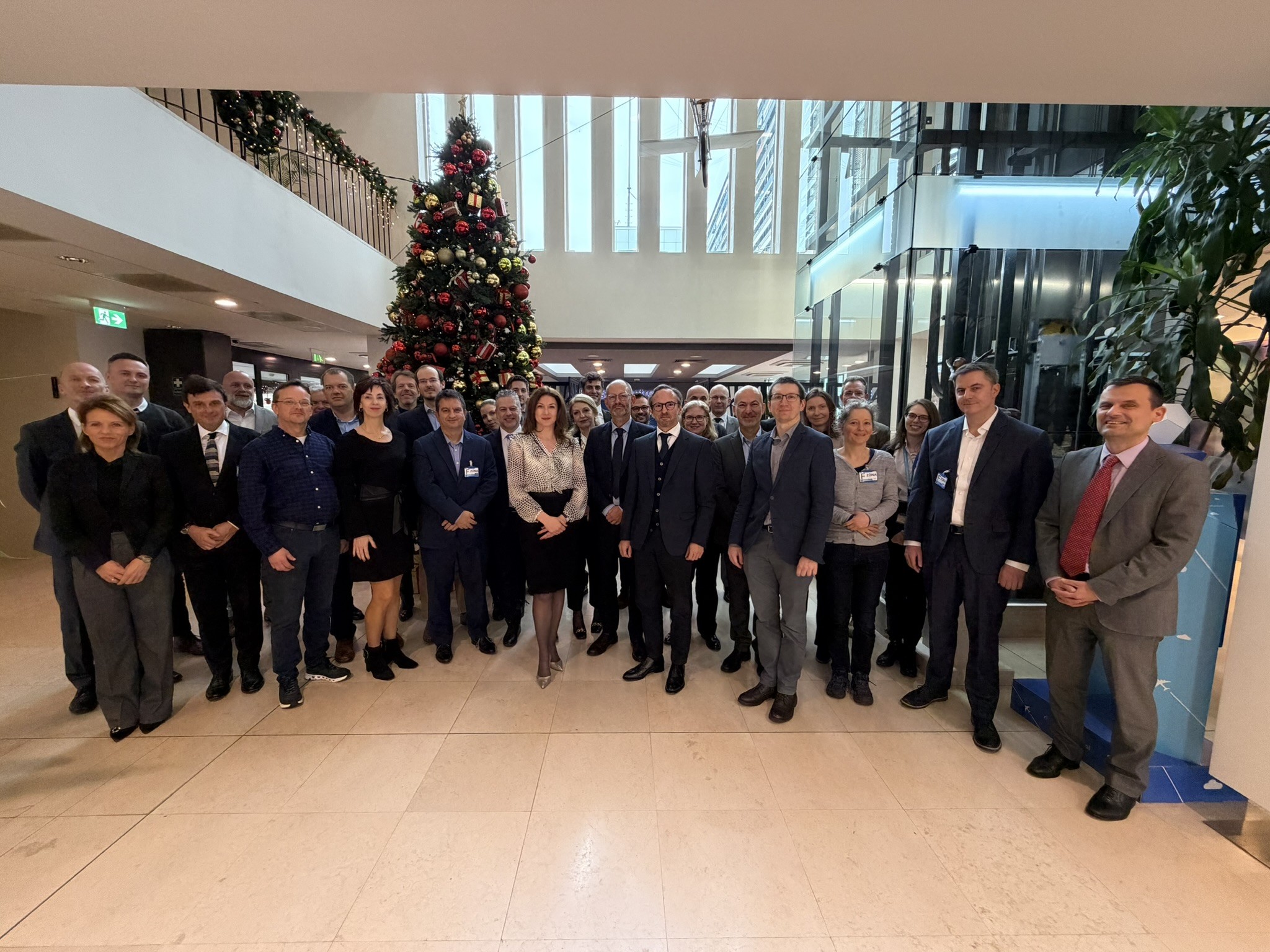
The Functional Airspace Blocks (FABs) of Europe gathered in Budapest this week for the first full-scale in-person InterFAB Forum since the pandemic, signaling a determined relaunch of InterFAB cooperation.
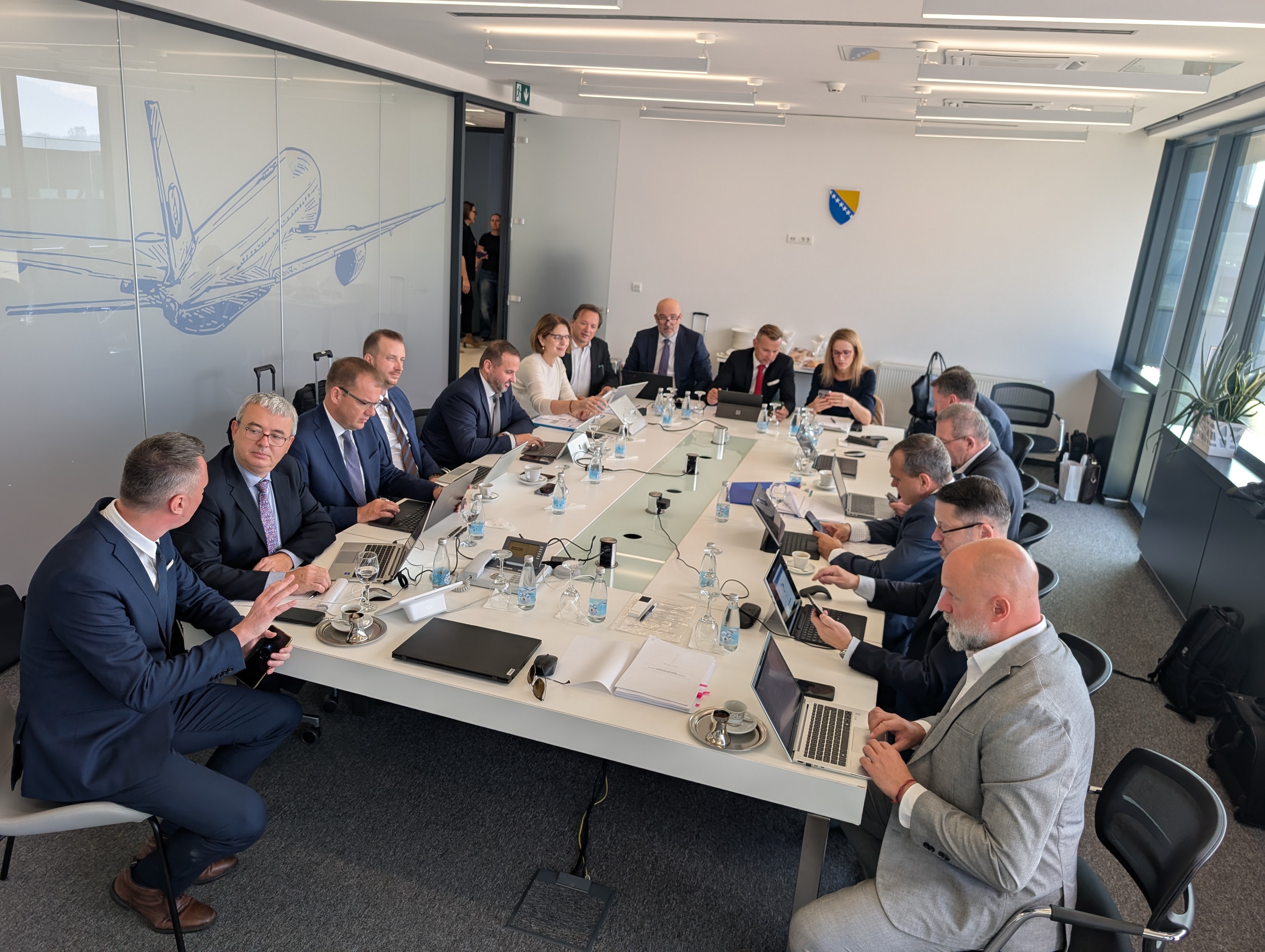
BHANSA hosted the latest CEOC meeting at Sarajevo Airport. Many topics were discussed with progress updates and next steps, we have highlighted a few of the key topics below.
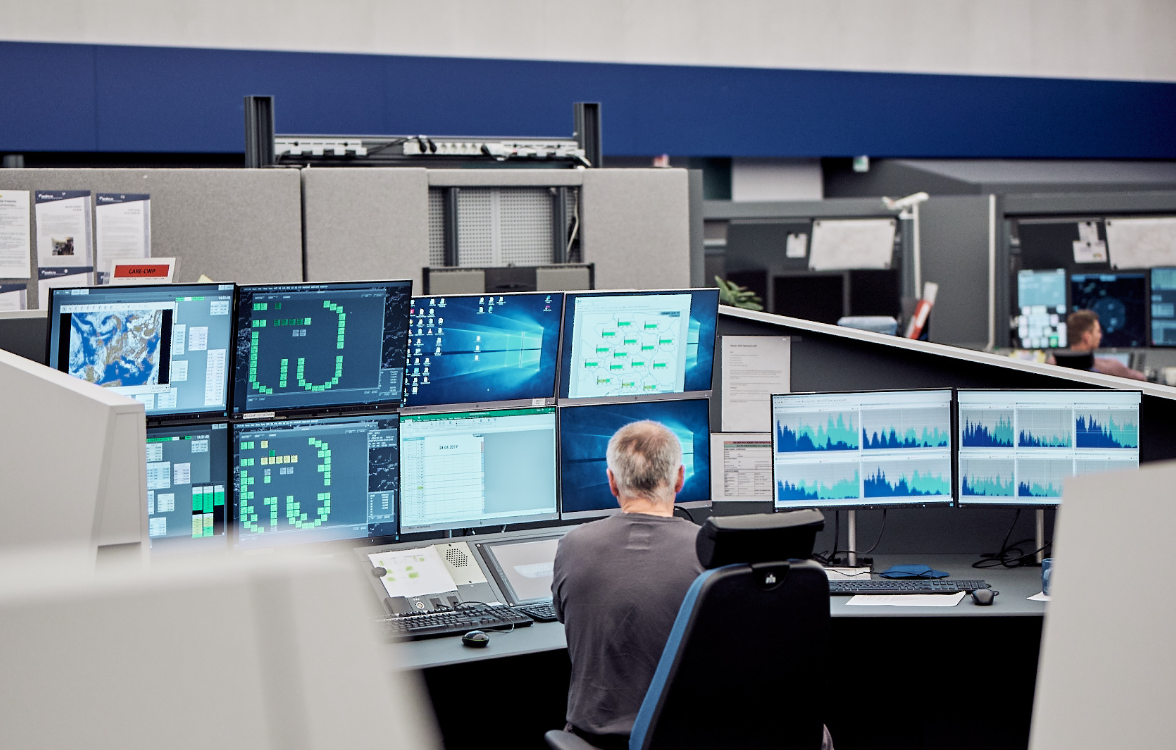
The summer traffic in FAB CE region continues to rise from year-to-year, how have our air navigation service providers handled the increase? We have prepared an analysis of the summer traffic in the FAB CE region, including the South-East Axis, to provide some insight on the challenge and solution during the summer season.
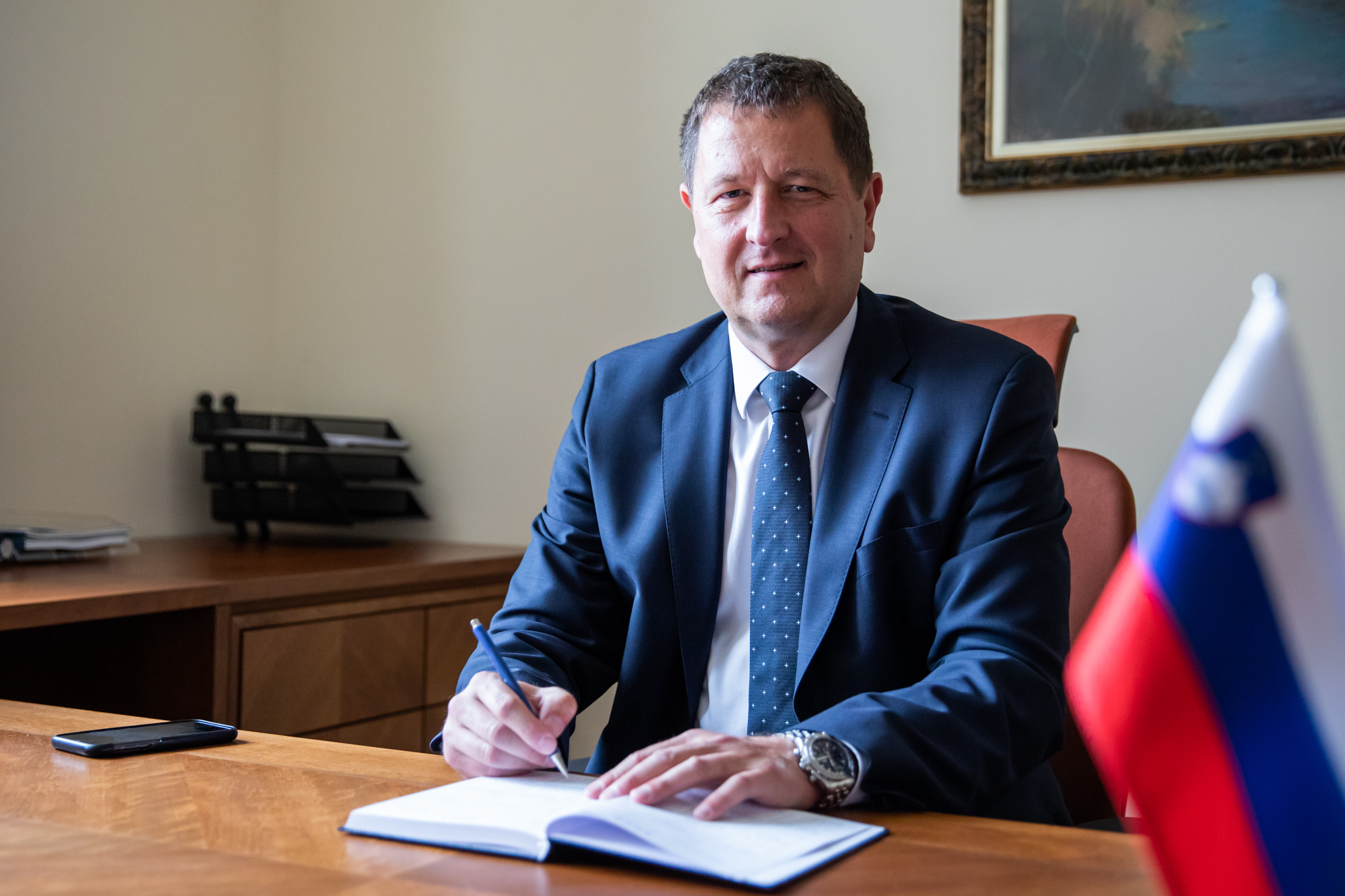
On 20 June 2025, Slovenian Sovereign Holding appointed Mr Rok Marolt as the new Chief Executive Officer of Slovenia Control Ltd. Mr Marolt has started his five-year term of office on 21 June 2025.
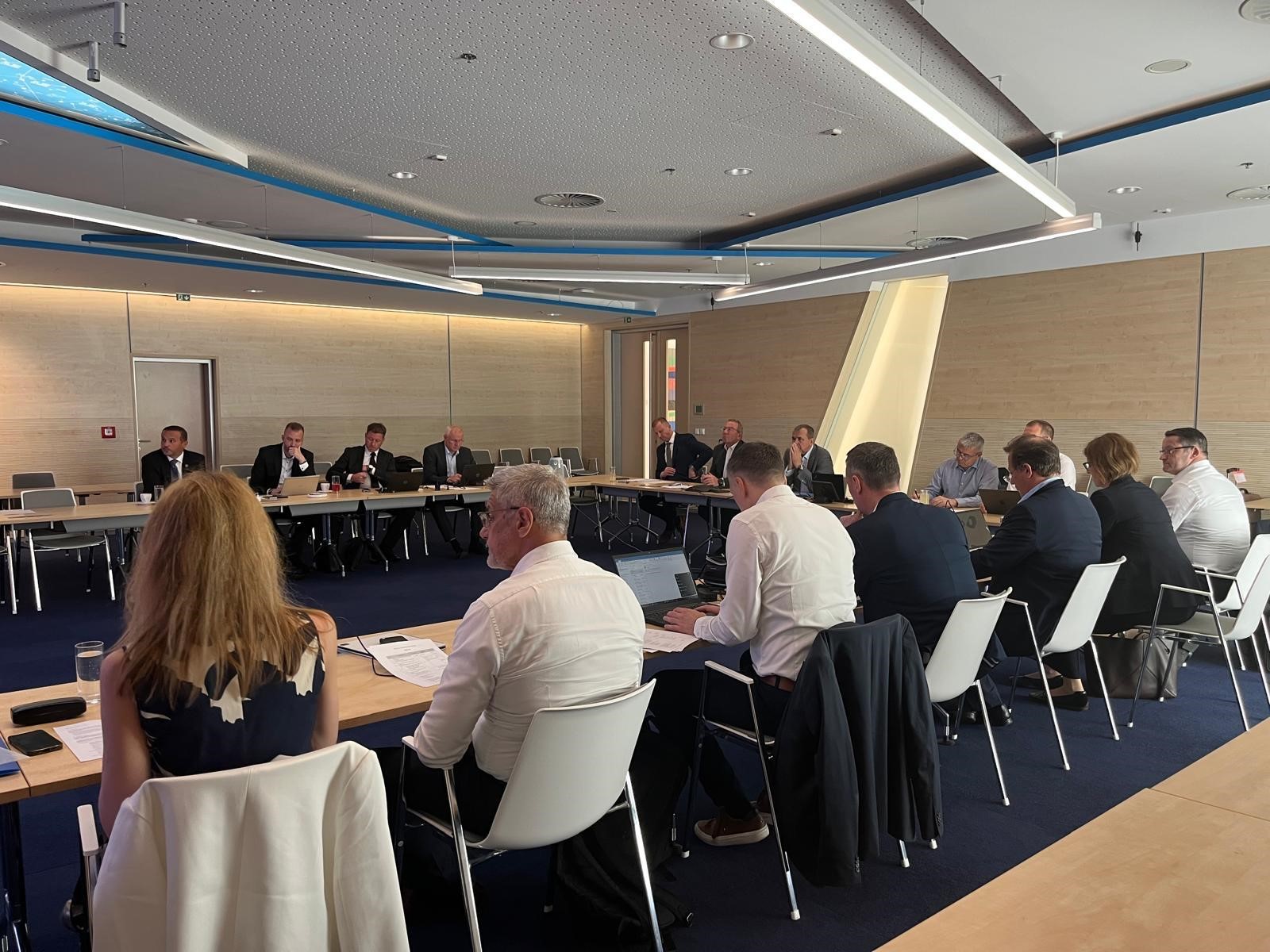
The 51st meeting of the FAB CE CEO Committee (CEOC) took place on the 3rd of June, 2025. ANS Czech Republic hosted the event at their headquarters in Prague.
Page 1 of 41
